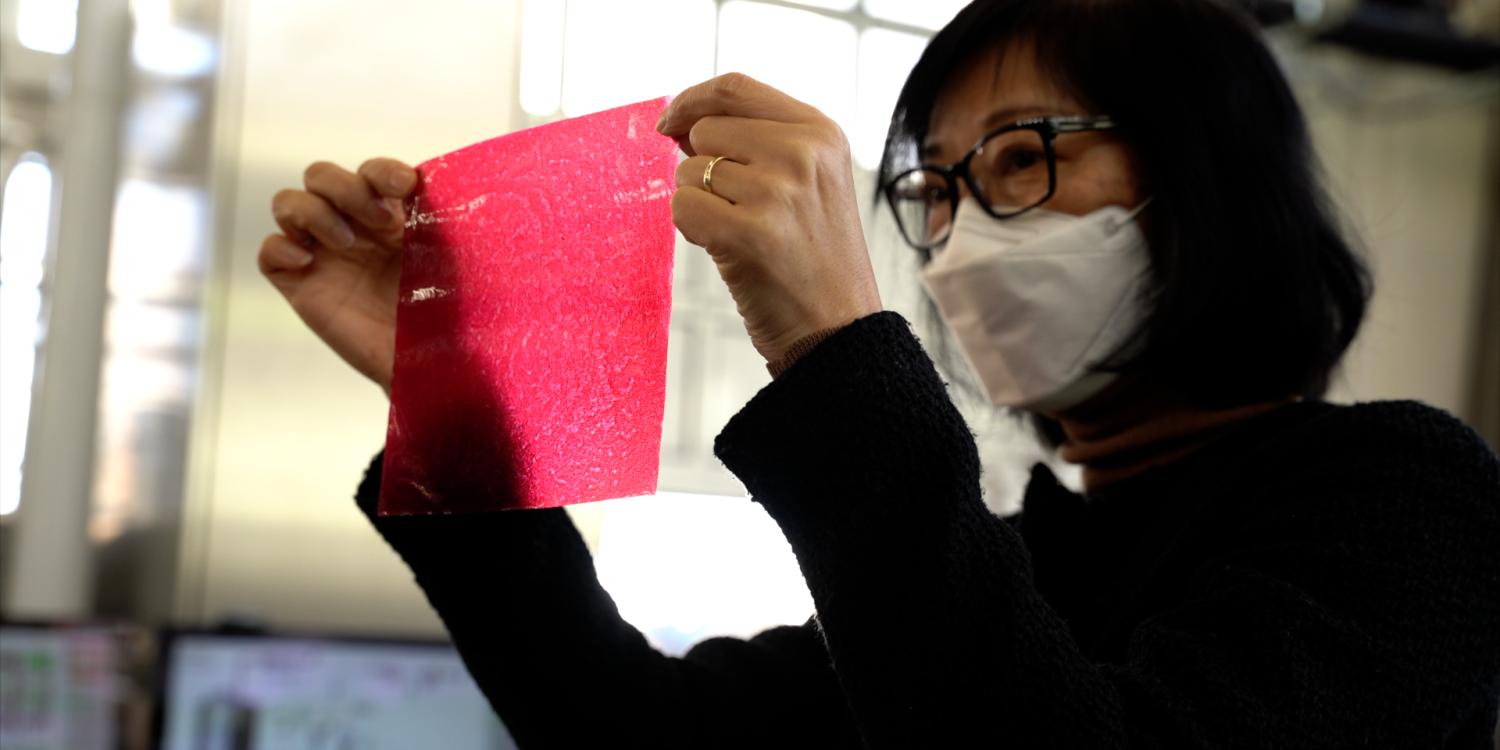
It is estimated that 30-40% of food in the US is wasted, creating approximately 170 million metric tons of greenhouse gas emissions and fostering climate change. When juiced, only 70-75% of the fruit is used, which means the remaining 25-30% is leftover as pomace. Generally, pomace is either turned into animal feed, fertilizer or wasted.
Yanyun Zhao and her team of researchers have developed and patented new packaging material formulated with fruit pomace, recycled cardboard and an edible coating. The scientists tested three different types of fruit in this process: pomegranates, blueberries and apples. The recycled cardboard was added as a component to bind and stabilize the pomace, while the edible coating was to aid water retention. Each fruit had varying degrees of hydrophobicity, flexibility and durability.
As more companies look for ways to reduce their carbon footprint by using molded-pulp packaging products, such as peat pots, which are gardening pots made from recycled newspapers, this patented packaging material is expected to garner enthusiasm because paper availability is continually declining due to decreasing forest populations and increasing digital documentation. This lack of supply offers a unique opportunity in the sustainable packaging market. Yanyun Zhao’s team sees their alternative as a way to reduce waste created by pomace and expiration dates.
One of the critical issues with recycled paper packaging is its ability to resist gas and water contamination; if the packaging contains food items, the contamination could cause spoilage or damage to its contents. There are a variety of chemicals out there that can be added to repel moisture. However, as a longstanding professor of Food Science and Technology at OSU, Zhao is a strong advocate for reducing waste and using more Sustainable Food Processing and Packaging.
For years now, her team has been developing various edible coatings for packaging materials. They were able to use this knowledge and conduct experiments to develop a feasibly resistant pomace pulp packaging material.
These researchers are reaching out to other companies around the region to test their new product. Yanyun Zhao believes that their invention could become a staple replacement for many single-use plastics. She says, “For me, it’s very important, not only just to consider the function of food packaging for protecting food, but also consider how it can maximize the [ability] to reduce the use of natural resources.”